13 Nostalgic Things About Road Trips That Disappeared After GPS Took Over

Ah, the good old road trip days—when hitting the open road wasn’t just about getting from Point A to Point B, but about embracing the glorious in-between.
Before GPS barked directions from a dashboard, we had the real adventure: navigating with a crumpled paper map the size of a small tent, arguing over whether Dad missed the exit (again), and making impromptu pit stops because someone thought they saw the world’s largest ball of yarn.
These weren’t just trips—they were memory-making marathons filled with static-filled radio singalongs, melting roadside snacks, and the eternal battle over who controlled the window crank. Asking strangers for directions? Totally normal. Getting lost? Practically a rite of passage.
So buckle up and roll down that manual window as we cruise through 13 nostalgic gems that made classic road trips so wonderfully unpredictable. Back then, every detour was an opportunity—and every mile brought a story worth telling.
1. Paper Maps the Size of a Bed Sheet
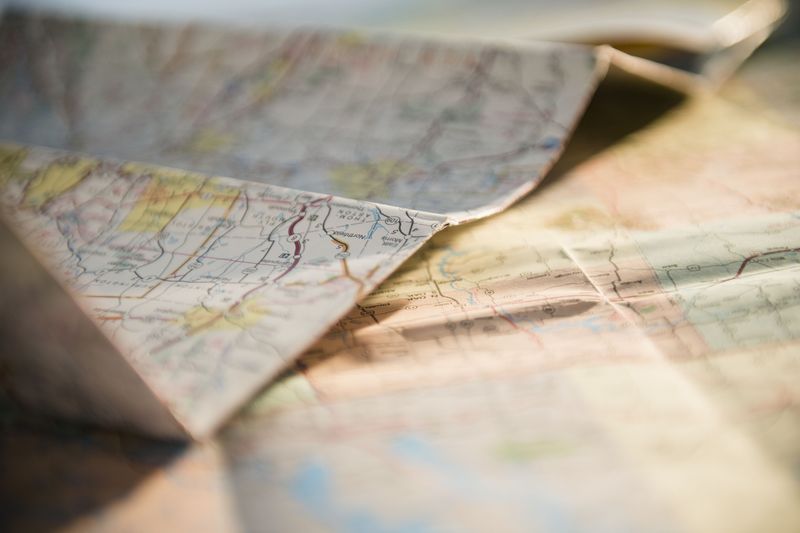
Unfolding a gas station map was like a full-blown origami challenge. Someone in the passenger seat became the “navigator,” even if they had no idea where Nebraska actually was. These maps were monumental, both in size and in the confusion they caused. They were the ultimate test of patience, requiring a skill set of folding precision that would leave any origami master in awe.
Navigating with these maps was a family event, filled with lively debate over which way to go. The navigator was often holding the map upside down, and the driver would squint, trying to make sense of the lines. It was a paper puzzle, with the family dog often getting tangled in it.
These maps were newspaper-sized monstrosities. A map spread across your lap made you feel like the captain of your own ship. Ah, the nostalgia!
2. Asking Strangers for Directions
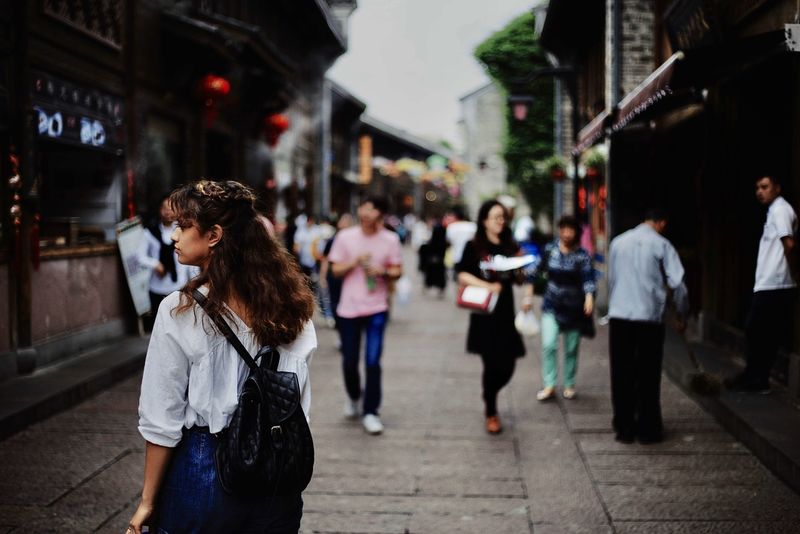
Pulled into a gas station, convenience store, or just flagged down a farmer? Yep. Back then, people talked to each other—and probably gave you three wrong turns and a landmark like “the old red barn.” This was not just asking for directions; it was a social event.
Conversations were as colorful as the characters you met, each adding a unique twist to your journey. Whether it was the friendly cashier or a bemused local, directions often came with a side of humor and local lore. You’d hear stories of the area, whether you wanted them or not.
Got lost more than found, but it was part of the magic. It was a blend of trust and mystery, as you followed directions that felt like stepping into an adventure novel. Today, asking Siri lacks the same charm.
3. Random Stops at Weird Roadside Attractions

World’s Largest Ball of Twine? Giant fiberglass dinosaur? Why not! Without GPS barking at you to “stay on route,” you let the signs decide. And it was magic. Roadside attractions were the hidden gems of the road, each with its quirky charm.
These stops were spontaneous and filled with bizarre wonder. You’d stumble upon a giant sculpture or a peculiar museum, and it would become the highlight of the trip. Family photos, laughter, and sometimes confusion ensued as you explored these oddities.
No trip was complete without a visit to a roadside attraction, turning a detour into a delightful discovery. These unexpected stops were like opening a surprise gift, each promising a story to tell. Today, itineraries are too predictable, missing the whimsy of these delightful distractions.
4. The Glove Box Atlas
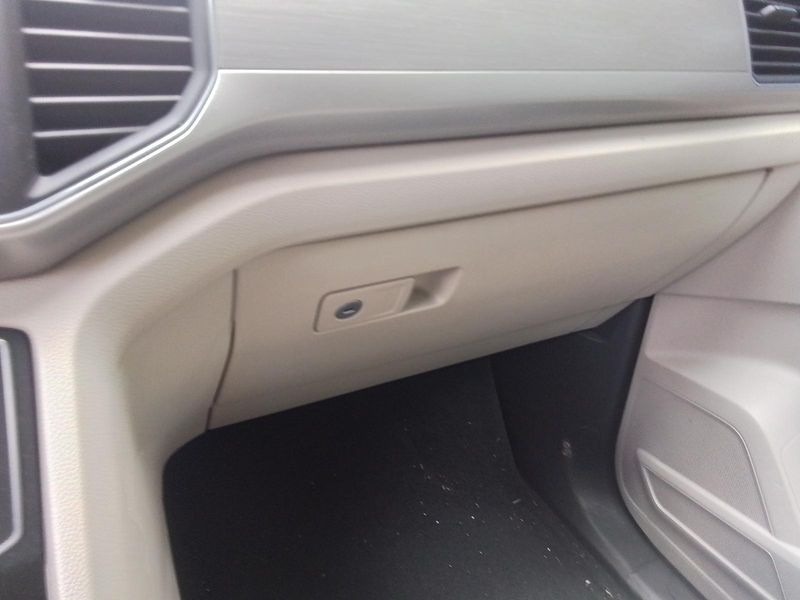
Every seasoned road tripper had that thick, beat-up atlas living in the glove compartment. It had coffee stains, dog-eared pages, and zero helpfulness when you were already lost. Ah, the undying faith we placed in these tomes of travel!
These atlases were the ultimate co-pilot, albeit a silent one. They held the promise of direction, even if they were as outdated as last year’s fashion. Navigating with one required a special knack for deciphering codes and symbols.
The atlas was a trusted companion, despite its quirks. No rerouting feature here—just pages of potential paths and the occasional missing road. It was the original “choose your own adventure,” turning confusion into a challenge. In today’s world of digital maps, the glove box atlas feels like a relic of a simpler, more adventurous time.
5. “Which Way Is North?” Arguments
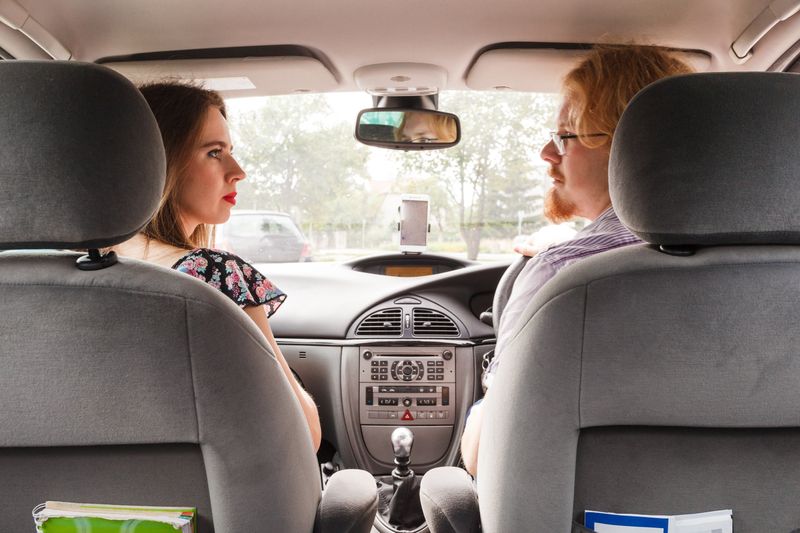
Someone always claimed to have a “good sense of direction.” Spoiler: they did not. Debates would erupt over the sun’s position, tree moss, and pure guesswork. It was a battle of wits, or perhaps just stubbornness.
These arguments were as much a part of the road trip as the snacks and the tunes. They added a layer of excitement and chaos, where everyone was an expert, and no one agreed.
Every person in the car had a different theory. It was like a family game show, with the winner getting the satisfaction of being right—sometimes. The arguments were all in good fun, though.
Today’s GPS might save arguments, but it misses out on the camaraderie and laughter of figuring out “which way is north” by sheer intuition and a bit of luck.
6. The Joy (and Chaos) of Getting Lost
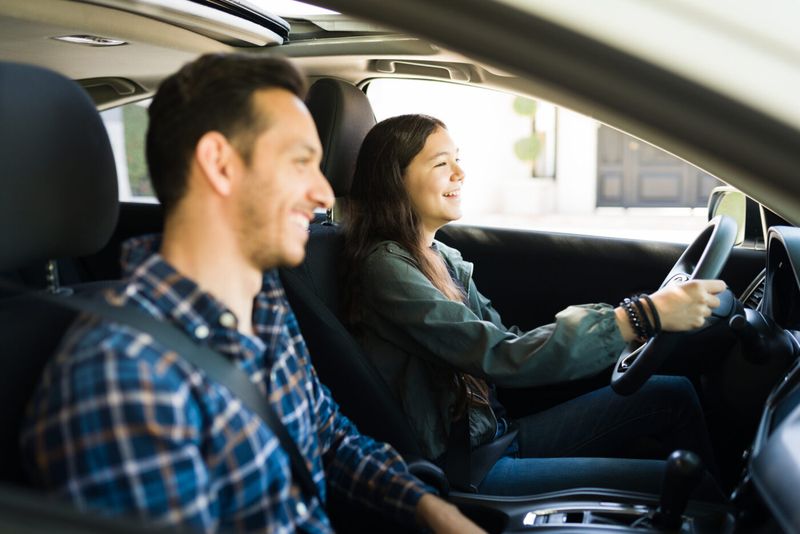
There was no rerouting. No “recalculating.” Just confused silence, a U-turn, and maybe discovering a weird little diner you never would’ve found otherwise. Getting lost was both a frustration and a delight.
The uncertainty was part of the charm, an unplanned detour through the unknown. It turned every trip into a mystery, offering surprises at every wrong turn. Sometimes it led to hidden gems—a quaint town, a scenic view, or an unforgettable experience.
The chaos of being lost was often the thread that wove the most memorable stories. It transformed a simple drive into an adventure, where the journey was as important as the destination. Today, the predictable precision of GPS lacks the thrill of the unexpected that getting lost once promised.
7. Road Trip Games That Didn’t Involve Screens
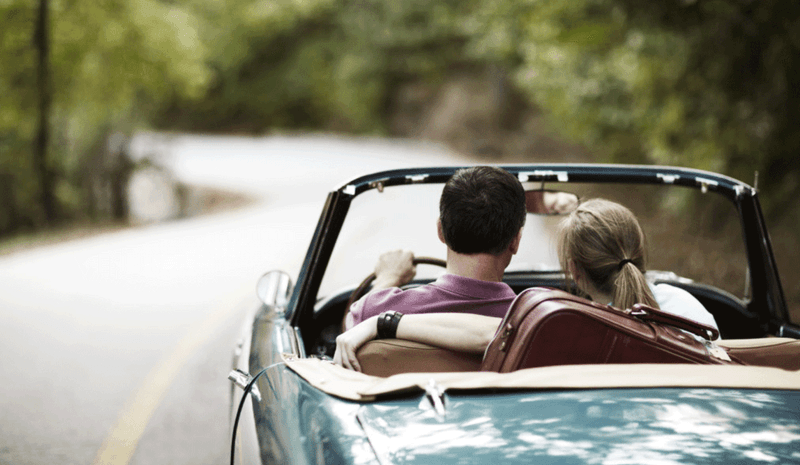
With no GPS or phones, you played I Spy, License Plate Bingo, or the Alphabet Game using signs. And yes, “X” was always a nightmare. These games were the lifeline of every road trip, turning long stretches of road into a playground of imagination.
They sparked creativity and competition, where spotting an exotic license plate or a peculiar landmark was a triumphant moment. Everyone joined in, from the youngest to the oldest, making the miles fly by with laughter and playful banter.
The games were simple yet engaging, a break from the monotony. They encouraged observation, quick thinking, and sometimes a stretch of the rules. Today’s screens may offer distractions, but they can’t match the shared joy of a classic road trip game.
8. AAA Triptiks
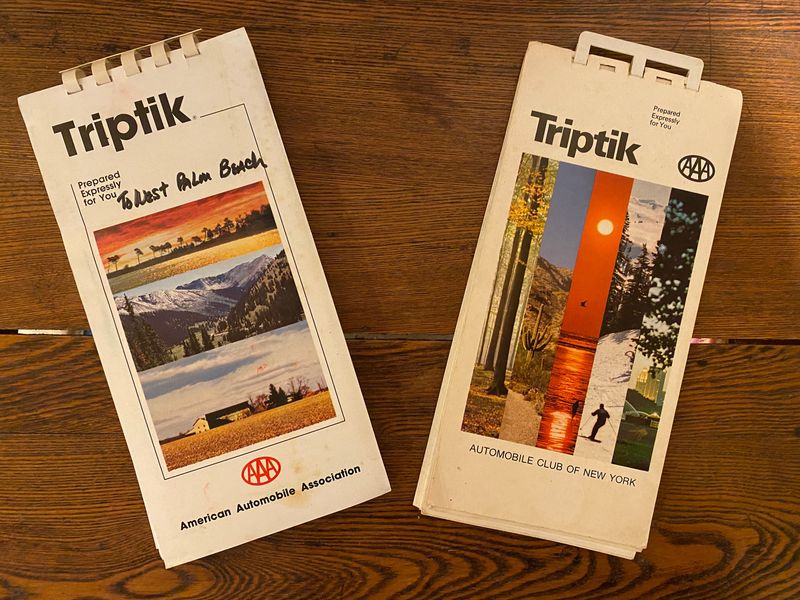
Remember those custom spiral-bound road maps AAA gave you? With the little arrows and highlighted routes? It was like a scroll of destiny—handcrafted road magic. These Triptiks were a road tripper’s best friend, offering a curated path through the maze of highways and byways.
They were personalized, with routes marked by hand, creating a sense of adventure and exploration. Every turn of the page was a step closer to your destination, guided by the trusted advice of AAA experts.
The Triptik was more than just a map; it was a travel companion filled with local tips and hidden gems. Each booklet was a journey in itself, offering a tactile connection to the road. Today’s digital directions lack the personal touch and charm of a lovingly prepared Triptik.
9. Stopping Just to Ask: “Are We There Yet?”
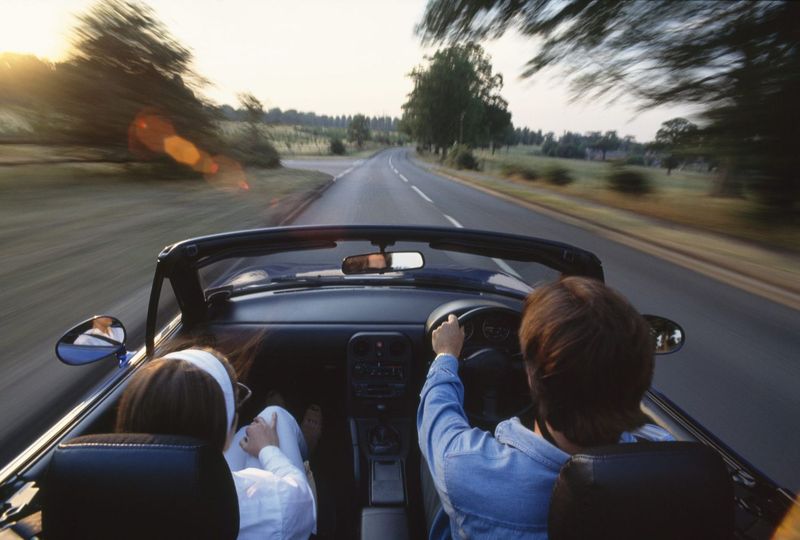
The driver didn’t know when you’d arrive—there was no ETA countdown. So everyone guessed, fought, and stared out the window like little existentialists. “Are we there yet?” was the anthem of every road trip, echoing from the backseat.
Time felt fluid, stretched by anticipation and the unknown. This simple question bonded travelers, though it often tested the driver’s patience. It was a chorus of curiosity, sung with varying degrees of enthusiasm and exasperation.
Without digital timelines, each mile was a mystery, each landmark a clue. The journey was less about the clock and more about the experience, a concept lost on today’s time-tracked travels. The spontaneity of not knowing made every trip a unique adventure, devoid of the precision and predictability of GPS.
10. Planning Your Route the Night Before

Highlighters. Notebooks. A kitchen table covered in maps. Dad squinting at the mileage legend like he was deciphering ancient scrolls. It was a ritual. Planning the route was an event in itself, a strategic operation filled with anticipation.
Families gathered to chart their path, marking stops and routes with colorful pens. It was a collaborative effort, blending hopes, dreams, and the occasional argument over the best route. Each plan was a unique blueprint for adventure.
This preparation was part of the journey, a prologue to the road trip itself. The night before was filled with excitement and a sense of discovery, as the possibilities of the open road lay ahead. Today’s click-and-go route planning lacks the personal touch and family bonding that map-strewn tables once provided.
11. Getting Directions From Locals That Made No Sense

“Turn left where the old gas station used to be, then go past two cornfields and a dog named Buster.” Somehow, it worked. Directions from locals were more than just navigational aids; they were stories filled with local flavor and unique charm.
These instructions often sounded like riddles, with landmarks that seemed straight out of a tall tale. Yet, they added a delightful layer of unpredictability to the journey. Following such cryptic guidance was an adventure in itself, leading to unexpected discoveries.
Though their accuracy was questionable, these directions offered a personal touch that no GPS could replicate. They were a testament to human interaction, where a simple question could lead to a memorable conversation. Today, GPS might get you there faster, but it misses the human element that made road trips so rich and varied.
12. Detours That Turned into Stories
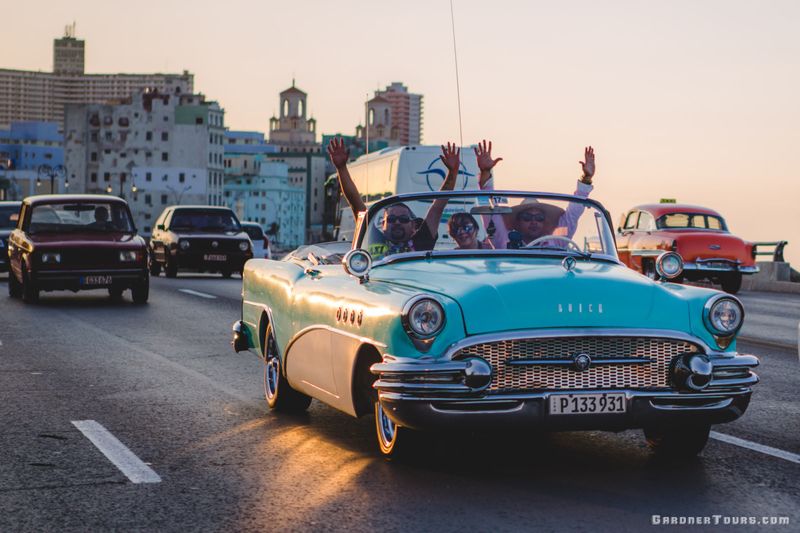
Miss a turn? Oh well. That “mistake” might lead you to a scenic overlook, a sketchy antique shop, or the best pie you’ve ever had. GPS would never allow such chaos. These detours were the serendipitous moments that turned ordinary trips into extraordinary tales.
Every wrong turn was a potential for discovery, a chance to explore the unknown and embrace the unexpected. Whether it was a charming village or a hidden gem, these detours added flavor to the journey.
They were stories waiting to unfold, filled with laughter, surprise, and the occasional mishap. Such detours were the essence of exploration, a reminder that the journey itself was a destination.
Today’s precise navigation lacks the flexibility that made these unplanned adventures possible, missing the magic of a path less traveled.
13. That Feeling of Triumph When You Got There
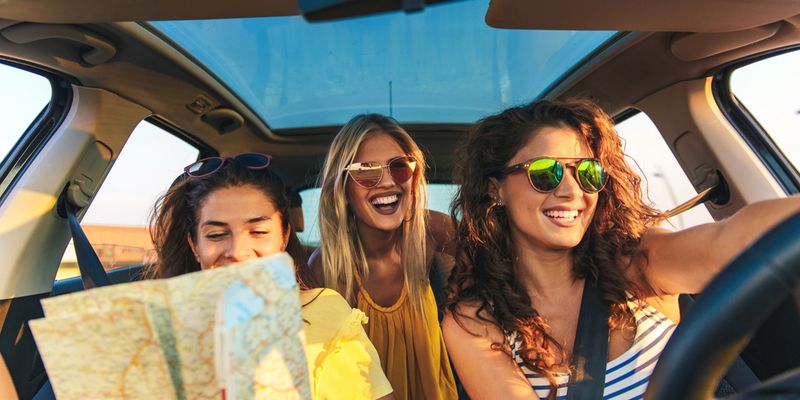
No voice told you “You’ve arrived.” You knew you’d arrived because you used a map, your brain, a few fights, and the kindness of strangers—and that victory felt earned. Arriving at your destination was a triumph, a culmination of effort and adventure.
The journey was an epic quest, filled with challenges, laughter, and memories. Every arrival was a validation of teamwork and perseverance, a celebration of the open road.
This feeling of accomplishment was unique to the era before digital navigation, a testament to the human spirit and the joy of exploration.
Today, a digital notification lacks the depth and emotion of reaching a destination through your own resourcefulness and determination. The triumph was more than a location; it was a journey of heart and soul, forever etched in the memory of those who traveled it.
